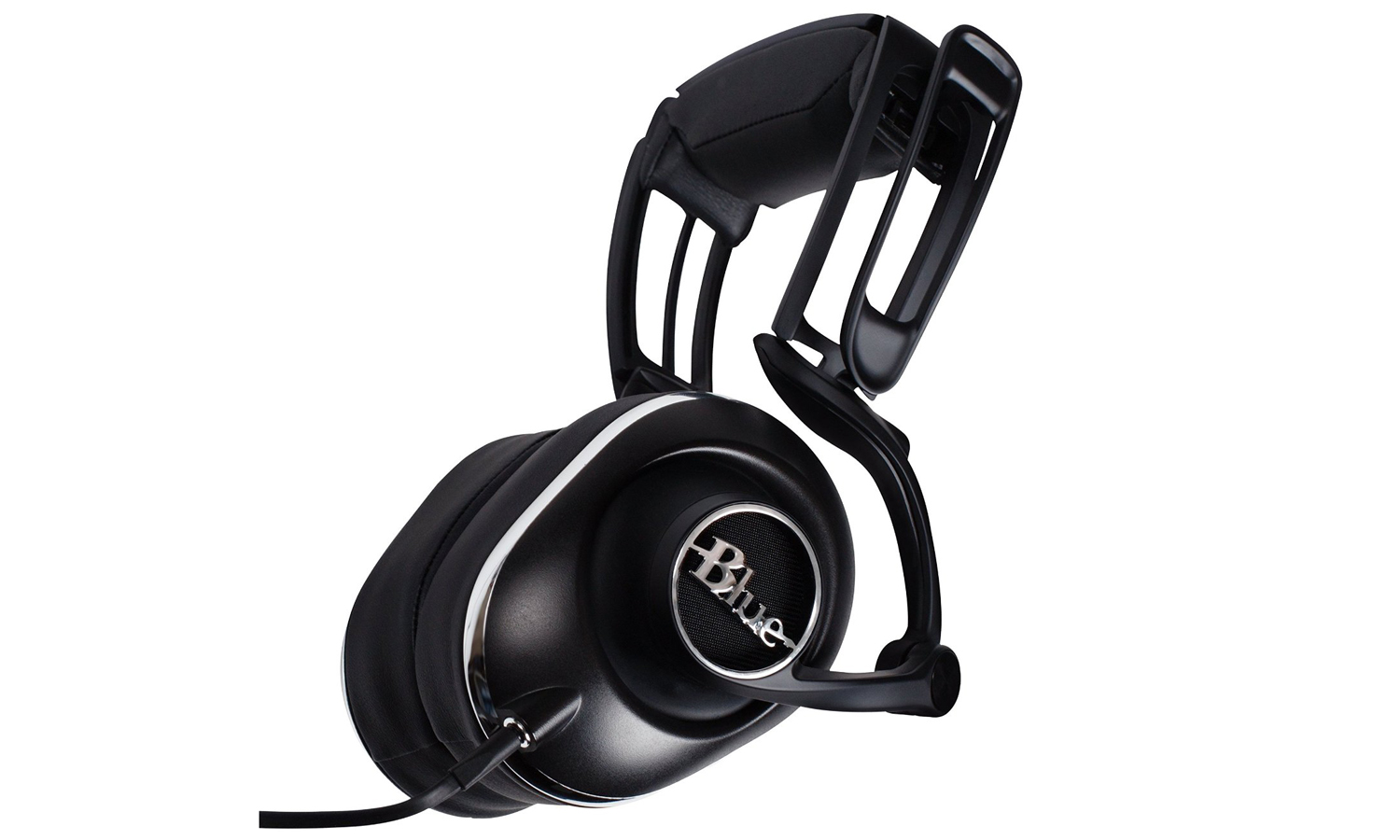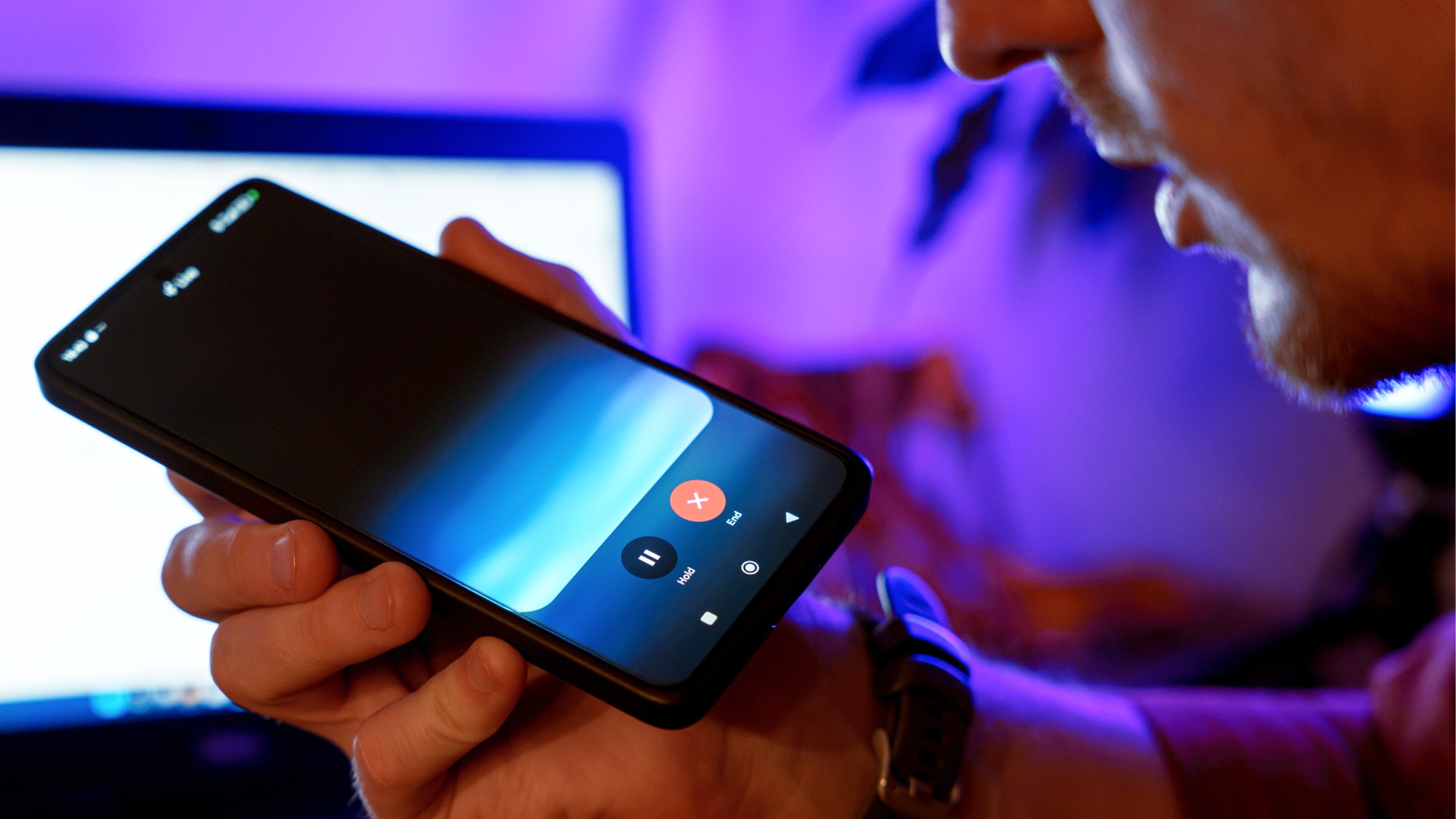Tom's Guide Verdict
The Blue Lola features an attractively unconventional design, comfortable ear cups and high-quality sound, with a few caveats for each.
Pros
- +
Offbeat design
- +
Excellent treble sound
- +
Reasonably comfortable
Cons
- -
So-so bass and percussion
- -
Subpar microphone
- -
iOS focus leaves out many machines
Why you can trust Tom's Guide
Paring down a product to its essentials can result in either a sleek, refined look or a missing critical component (or both). The Blue Lola headphones ($250) are a bit of both. Like its more expensive predecessor, the Blue Mo-Fi ($350), the Lola features an attractively unconventional design, comfortable ear cups and high-quality sound. Removing the Mo-Fi's built-in amp makes the device a bit less versatile than its predecessor, as does a rather narrow focus on Apple products above all others, but the Lola is still a quality headset for those seeking something off the beaten path.
Design
You've probably never seen another set of headphones quite like the Lola — unless you're familiar with the Mo-Fi. Two adjustable arms hold the ear cups in place, while a flexible steel apparatus that resembles a briefcase handle holds the whole package together. Love it or hate it, you've got to give the Lola credit for trying something (mostly) new.
Comfort
Whether the Lola is comfortable is up for debate. Due to its metallic construction, the Lola is much heavier than a conventional headset: 14 ounces. With nearly a pound of stuff on top of your head, it will eventually weigh you down, like the crown of Henry IV. I also found the ear cups quite tight behind my jaw.
On the other hand, the way the headphones sit is quite ingenious. Rather than adjusting each side manually, you just slide the ear cups onto your ears. The arms rotate, and the steel flexes outward depending on the size and shape of your head. I barely had to adjust the Lola once I put it on. As an added bonus, the ear cups and headband padding are incredibly plush and supportive, meaning the headphones are as comfortable after a few hours as they are when you first put them on. The Lola isn't as cozy as it could be, but it succeeds in finding a creative way to wrap snugly around your head.
You've probably never seen another set of headphones quite like the Lola.
I handed the Lola off to a co-worker, who wore it for a workday and generally shared my sentiments. He loved the ear cups and the headset's ability to conform to the shape of his head. However, he also found them a bit tight at first, and the snug fit did not abate over time.
MORE: Best Headphones
Cables
The Lola comes with two 3.5-millimeter audio cables, as well as a 5-mm adapter. While both cables work fine, the sizes are severely mismatched. At 1.2 meters (4 feet), the cable with the built-in microphone and media controls is far too short to use with a computer or with a phone you keep in a low pocket. The plain cable, at 3 meters (about 10 feet), is too long for all mobile or PC uses, but not quite long enough to plug directly into a TV or game console.
With nearly a pound of stuff on top of your head, it will eventually weigh you down, like the crown of Henry IV.
Logistics aside, both cables function as they're supposed to and provide good sound with snug connections. My only real complaint is that the inline mic cable is designed exclusively for iOS devices. While the volume and pause/play controls work very well with an iPhone or iPad, they don't do anything at all for PCs, Android devices, game consoles or even Macs.

During a Skype conversation with a co-worker, she told me that my voice was audible, but quiet. Furthermore, the mic picked up a ton of background noise, from conversations, to doors closing, to the sound of my keyboard typing. This wasn't ideal for everyday conversation, and could pose a huge problem for applications like online meetings or competitive gaming.
Performance
Ultimately, a pair of headphones is only as good as the quality of the audio it provides. In that regard, the Lola is hard to fault. The device runs on a 50-mm driver with a 42-ohm impedance, which creates clean, agreeable audio across a wide variety of soundscapes.
I began my tests with "Bennachie," a Scottish ballad from Old Blind Dogs. The reedy vocals sounded crisp and clear, as did the rhythmic guitar and the fiddle at the forefront. The Lola emphasizes treble in general, which can be a double-edged sword. While the clean, straightforward sound worked wonders for the melody, the song's driving drumbeats got a bit lost in the shuffle.

The trend continued for an HD recording of Handel's "Messiah." The soprano and tenor sections came through loud and clear, with an excellent emphasis on harmonies and just enough of the underlying instruments. The basses, though, didn't come through quite as clearly, which can be a problem for choral music.
MORE: Best Gaming Headsets
Through Stevie Ray Vaughan's blues classic "Pride and Joy," Blind Guardian's "Silmarillion"-inspired "Nightfall" and the PS4 game The Order: 1886, I had similar experiences. The sound quality was excellent overall, especially for voices and high-pitched sound effects, but decidedly mixed when it came to percussion and the lower registers. For me, this was a reasonable trade-off, but people who listen to a lot of hip-hop or dance music may think otherwise.
The reedy vocals of 'Bennachie' sounded crisp and clear, as did the rhythmic guitar and the fiddle at the forefront.
If you were wondering why the extremely similar Blue Mo-Fi costs $100 more than its Lola counterpart, it's because the Lola lacks the Mo-Fi's amp options. What you hear is what you get. There's no way to boost the bass or change the sound equalization profile.
Bottom Line
In spite of a few design and audio quirks, I found much to like about the Lola. Its physical configuration is generally comfortable, and definitely striking. The sound lacks some definition at the low end, but most genres are a joy to listen to. The iOS-exclusive controls and so-so microphone are missteps, but mild ones. If you're willing to part with $250 and want something a little out of the ordinary, the Lola looks good — and sounds good, too.
Marshall Honorof is a senior editor for Tom's Guide, overseeing the site's coverage of gaming hardware and software. He comes from a science writing background, having studied paleomammalogy, biological anthropology, and the history of science and technology. After hours, you can find him practicing taekwondo or doing deep dives on classic sci-fi.


